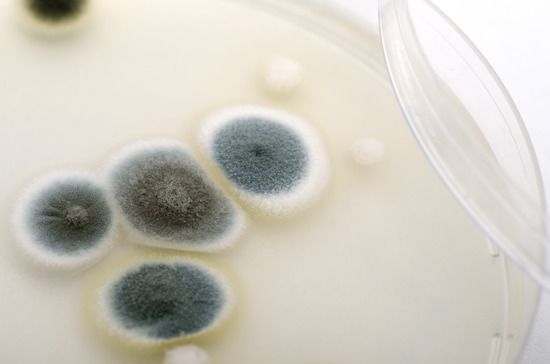If you happen to inhale an awful smell coming from your kitchen or shower it is a clear sign that mold is definitely growing in your drainpipe. Remnants of food disposed at drainpipes end up forming mold and bacteria which not only cause an unpleasant odor but can also be unhealthy. This is when the appropriate measures need to be undertaken before more damage is caused.
Killing the Mold
There are home remedies that can be carried out if the situation is not that serious. Refreshing a drain pipe by using either baking soda, ice, vinegar or even hot water can go a long way in solving this menace.Vinegar will go a long way in killing any mold while baking soda will literally scour the drainpipe getting rid of any mold completely. It is important to note that hot water should be not be used if you have plastic drainpipes so as to avoid melting it. These are the easiest and cheapest methods that can be carried out with little effort to eliminate mold.
The need of a plumber in a situation like this cannot be overlooked. One thing for sure is he will end up solving the mold issue once and for all in a professional and efficient manner. On the other hand, keeping the drainpipe clean can go a long way in preventing mold from forming. It is important to note that keeping your sink clean is the only sure way of preventing mold from ever forming in drainpipes. In addition, the drainage system should be excellent because any water clogging is a contributor to forming of mold.
Cleaning
Regular cleaning of drainpipe should be done from time to time using the appropriate anti-fungal solutions so as not to give room for any mold to form.
Keeping moisture at minimal levels is a great remedy for keeping mold away though this may seem impossible considering that water is used in this circumstances. Though keeping moisture away in drainpipes is inevitable, keeping the pipes open can definitely keep mold off because their is free circulation of air thus not providing any circumstances for mold to grow.
Scour and sanitize the drainpipes regularly so as to kill any molds that may have formed. Having a prevention plan is better than rather attacking the problem when it has occurred already. Making use of a plumber from time to time to check on the drainpipes will also do wonders in keeping mold away. The good thing with a professional plumber is that he will perform a proper inspection and give you sound advice on how to keep mold from ever forming in drainpipes.
Sarah is a small business owner, and is currently learning about pest control, using the internet. Aside from working on her own business, she likes to use social media, and read travel books.


4 comments
It is good to mention here that bleach is the worst thing to use. Bleach actually causes mold to jump and disperse into the air. There are some products I am going to try after reading the ingredients called Wet and Forget. Do you know about it?
One thing that is 100% natural is Young Living Thieves Household cleaner. It has a 99.7% kill rate on mold and spores and viruses with many tests. I use it to clean all the time. It smells like it’s ingredients of Cinnamon, clove, rosemary and lemon. Its worth mentioning instead of toxic ingredients.
@Deb – bleach is not the worst thing to use. And mold does not have the ability to “jump,” it doesn’t have legs – it is a fungi. Bleach effectively kills mold on non-porous surfaces. It is not effective on porous surfaces as the mold has roots that penetrate further than the bleach will ever reach. Bleach is a strong chemical and many prefer more “natural” approaches. You will notice that the government article emphasizes removing the source of moisture is the most important and in many cases killing the mold isn’t even necessary, just removal of any contaminated porous materials. https://www.osha.gov/dts/shib/shib101003.html
To previous comment, look up mycotoxins…. Also, very incorrect. Chlorine doesn’t kill mold. Many many many reliable sources will tell you that. I’m dealing with mold toxcity and I can testify mold DOES NOT kill mold. Please do your research. Oh how I wish using bleach on mold was the simple solution.
Hello Hello
The information you have in the article is excellent to know for future reference to identify any problems I might encounter. I am having trouble though finding an answer to my problem. I use my kitchen and sink many times during the day and regularly flush out any food debris from the bottom with hot and most times hot soapy water. There is a soap scum that appears in the bottom from time to time and my mother worries that it is mold. The sink is flushed and used so much during the day, that I personally do not think that mold or mildew could possibly form. I would be thankful for anything you can share to help put my mother concerns at ease. How can I check to see if any possible mold is in the bottom of my sink? Have a great day.